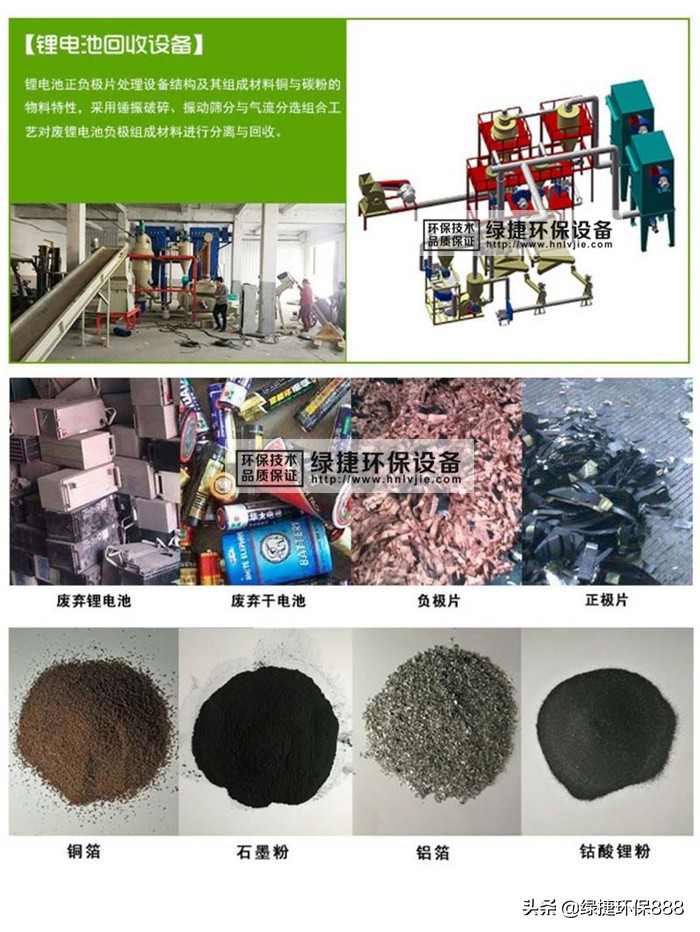When the car battery can not achieve the effect of cascade utilization, it will be sent to a professional battery recycling company to recycle the non-ferrous metals in the battery. With the continuous depletion of resources, the source of lithium metal will no longer be mining, but recycling.
Ternary batteries contain much higher nickel and cobalt metal content than the original ore, taking the common NCM111 as an example, nickel, cobalt, manganese content accounted for 12%, 3% and 5% respectively, and lithium iron phosphate batteries even if they do not contain rare metals such as cobalt and nickel, their 1.1% lithium content is significantly higher than the mainland development and utilization of only 0.4% ~ 0.7% of the original ore. According to agency estimates, the market size created by recycling metals such as cobalt, nickel, manganese, lithium, iron and aluminum will reach 13.6 billion yuan in 2020 and more than 30 billion yuan in 2023.

The power batteries used in new energy vehicles are mainly lithium iron phosphate batteries and ternary polymer lithium batteries, with the increase in industry demand and the deepening of related research, the technical level of recycling and treatment of these two types of waste power batteries is gradually increasing. Lujie lithium battery recycling equipment to deal with waste lithium battery methods have physical methods, chemical methods, biological methods of three categories, of which the physical method mainly includes the crushing flotation method, mechanical grinding method and organic solvent dissolution method, etc., chemical methods include pyrometallurgy and hydrometallurgy, biological method is the use of microbial metabolic processes on the selective leaching of metals.
The cost and benefits of the three recycling methods of lithium iron phosphate batteries and ternary lithium batteries have been counted, and the wet dismantling and recovery of ternary batteries can bring obvious benefits, of which the recovery value of cathode materials is high.
By 2023, the disassembly market size of ternary batteries alone will reach 5.41 billion yuan. Through dismantling and recycling, nickel, cobalt, manganese and other metal elements can achieve a recovery rate of more than 95%, after further resources, nickel, cobalt, manganese and lithium salts, as well as ternary cathode materials and their precursors, the product is directly used in lithium battery cell manufacturing, is conducive to the construction of closed-loop industrial chain.
With the development trend of ternary cathode materials and their precursors in the future, the products will be directly used for the large-scale scrapping of lithium batteries and the regularization and rationalization of recycling channels, power battery recycling and processing enterprises will be able to obtain growing profits in the power battery recycling sector.
The recycling and reuse of waste ternary power batteries has high economic feasibility, and the physical dry recycling technology is more suitable for the recycling of ternary power batteries, and it is also the main recycling method used by leading recycling enterprises at home and abroad.